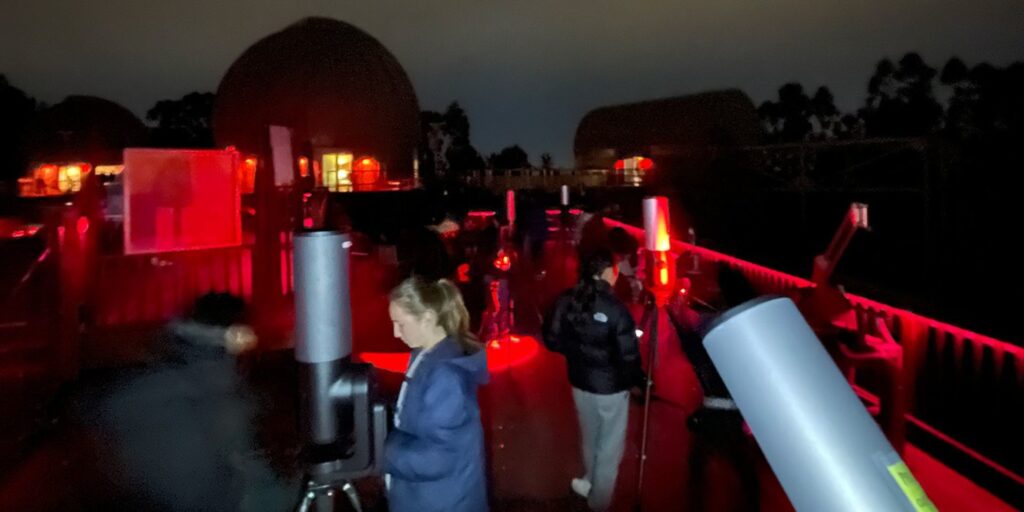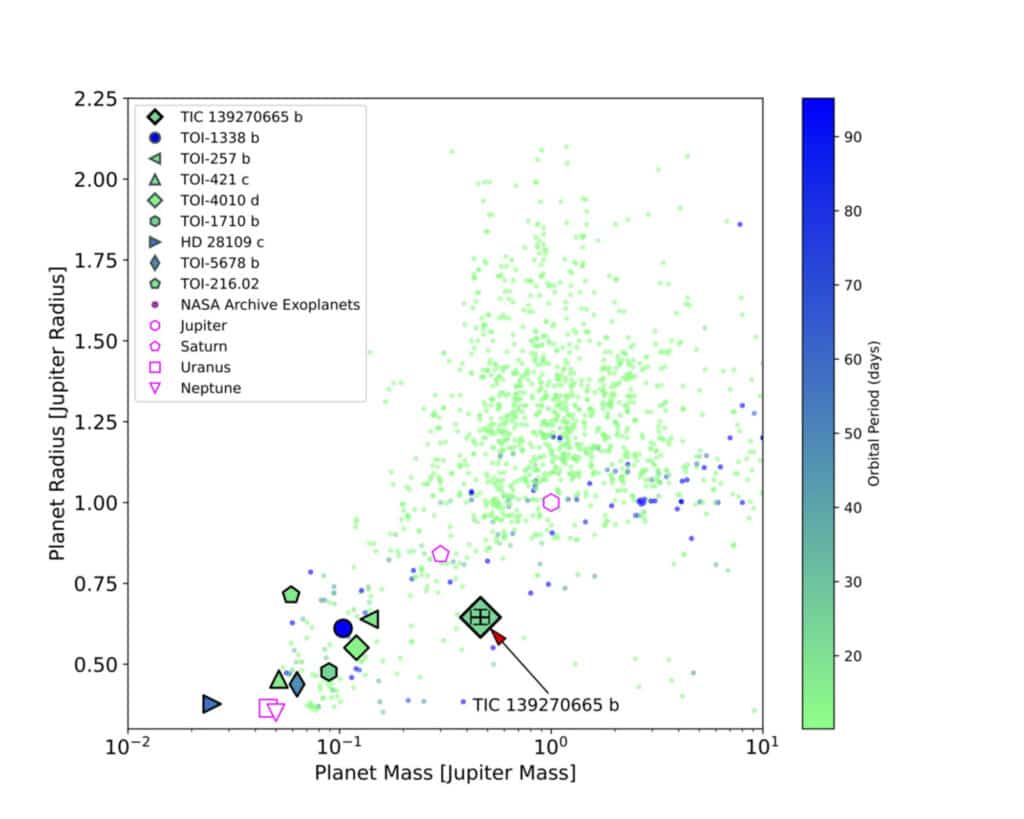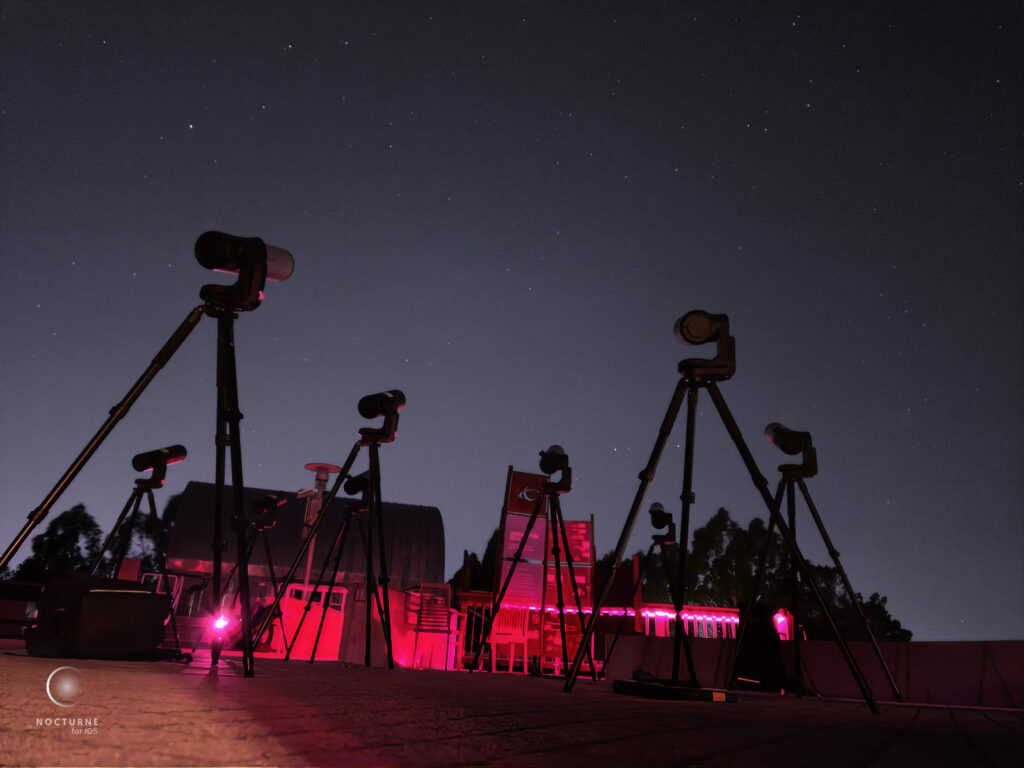California high school students have made an out-of-this-world discovery. Collaborating with the SETI Institute, a group of future astronomers utilized advanced digital smart telescopes to observe and confirm the characteristics of a new sub-Saturn-like exoplanet, TIC 139270665 b, which orbits a metal-rich star.
The project, published in The Astronomical Journal, is part of the school’s Galaxy Explorer program at the Chabot Space & Science Center.

“By using new technology available with digital smart telescopes, we can take large steps towards the democratization of modern astronomy and education since the outcomes of initiatives like this can contribute to both astronomical research and education with easy-to-use and increasingly accessible technology,” says Dr. Dan Peluso, from the SETI Institute Affiliate, in a media release.
“In such endeavors, participants are ‘learning by doing’ and the doing is not some meaningless task. Instead, the ‘doing’ is the astronomical data collection, which in the past has been mostly left to professional astronomers and their observatories, or with highly skilled citizen astronomers with technical telescope setups,” Peluso adds. “With TIC 139270665 b, our high school students had a challenging but meaningful task — capture the second transit of an exoplanet with a poorly understood orbital period.”
TIC 139270665 b is now recognized as the densest known warm sub-Saturn within the TESS (Transiting Exoplanet Survey Satellite) project’s discoveries. The planet’s initial identification came from a citizen science group examining TESS data, underscoring the importance of public involvement in scientific advancements.
Further research, including analysis from the Lick Observatory, not only confirmed TIC 139270665 b’s planetary status but also identified a sibling planet, TIC 139270665 c!
Although the students’ data did not conclusively confirm a second transit, it played a crucial role in the research by helping to eliminate potential transit times and offering insights for future citizen science projects.
This initiative is part of the UNITE program, supported by the Gordon and Betty Moore Foundation and NASA, which aims to enrich scientific knowledge of planetary formation and evolution. The high school participants, now co-authors of a scientific publication, gained invaluable experience in the scientific process, from observation to data analysis.
“This experience further propelled my fascination with the subject of astronomy, specifically in regard to exoplanetary science,” notes Serina Jain, a student from San Francisco University High School who worked on the project. “Working on this observation fueled my joy of engaging in astrophysics research and my plans to pursue this as a major in college, as well as my love of sharing astronomy with others.”

And we at SpaceChatter certainly look forward to what these bright young minds will continue to discover and the findings they’ll share with the world in the years to come!












